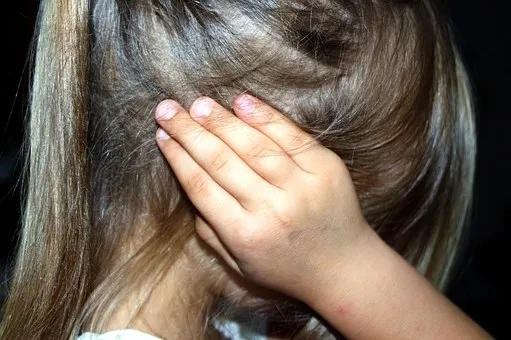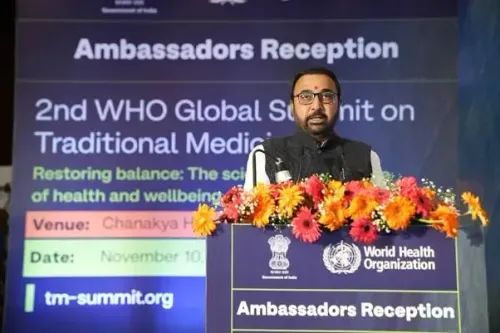Could a New Gene Therapy Restore Hearing Loss?

Synopsis
Key Takeaways
- Innovative gene therapy shows promise for restoring hearing.
- Successful trials conducted on 10 patients aged 1 to 24.
- Gene therapy delivered via a single injection into the inner ear.
- Significant hearing improvements observed within a month.
- Safe and well-tolerated treatment protocol.
New Delhi, July 5 (NationPress) In a groundbreaking scientific advancement, a global consortium of researchers has introduced an innovative gene therapy aimed at enhancing hearing abilities in both children and adults suffering from congenital deafness or severe hearing loss.
The collaborative study involving Swedish and Chinese researchers successfully utilized gene therapy to restore hearing in 10 patients, with the treatment being well-received.
“This represents a major leap in the genetic treatment of hearing loss, a transformation that can significantly impact the lives of both children and adults,” stated Maoli Duan, a consultant and docent at the Department of Clinical Science, Intervention and Technology, Karolinska Institutet, Sweden.
Published in the journal Nature Medicine, the research involved 10 participants aged between 1 and 24 from five hospitals in China, all diagnosed with a genetic variant of deafness or severe hearing loss due to mutations in the OTOF gene.
These genetic mutations lead to a shortage of otoferlin, a protein vital for transmitting auditory signals from the ear to the brain.
The gene therapy employed a synthetic adeno-associated virus (AAV) to convey a functional version of the OTOF gene to the inner ear through a single injection into a membrane at the cochlea's base known as the round window.
The therapy yielded swift results, enabling most patients to regain some hearing within just one month.
A follow-up after six months indicated significant hearing enhancements across all participants, with the average level of audible sound increasing from 106 decibels to 52.
Younger patients, particularly those aged between five and eight, exhibited the most favorable responses to the therapy.
For instance, a seven-year-old girl quickly regained nearly all her hearing and was able to engage in daily conversations with her mother just four months post-treatment. The therapy also demonstrated efficacy among adult participants.
“Previous smaller studies in China have yielded positive outcomes in children, but this marks the first evaluation of this method in teenagers and adults,” Duan remarked.
“The remarkable improvement in hearing for many participants can profoundly enhance their quality of life. We will continue to monitor these patients to assess the durability of the effects,” the expert noted.
Significantly, the findings confirm that the treatment was safe and well-tolerated.









